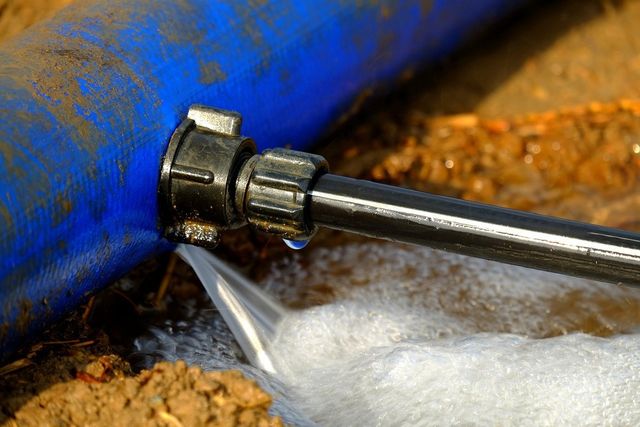Guide To Water Leakage Discovery In Your Home
Guide To Water Leakage Discovery In Your Home
Blog Article
Presented here in the next paragraph you can discover lots of dependable ideas in relation to Hacks to detect leaks.

The minute you locate a leak, calling your plumber for repair services is the very best option. Some small water leaks may not be visible. If you can not detect it with your naked eyes, below are some hacks that aid.
Early detection of leaking water lines can mitigate a potential disaster. In addition to conserving you money, it will lessen the worry and also irritation.
Inspect Water Consumption
If you identify sudden modifications, despite your intake being the same, it suggests that you have leakages in your plumbing system. An unexpected spike in your costs suggests a fast-moving leak.
A consistent boost every month, even with the same routines, reveals you have a slow-moving leak that's additionally slowly intensifying. Call a plumber to extensively check your property, particularly if you really feel a warm area on your flooring with piping below.
Inspect and Examine the Situation
House owners need to make it a practice to inspect under the sink counters and also also inside cabinets for any type of bad odor or mold and mildew development. These 2 red flags indicate a leak so punctual focus is required. Doing routine evaluations, also bi-annually, can conserve you from a significant trouble.
Check Out the Water Meter
Every house has a water meter. Inspecting it is a proven manner in which aids you find leakages. For beginners, switch off all the water resources. Make certain no one will purge, use the tap, shower, run the cleaning equipment or dishwasher. From there, go to the meter and watch if it will transform. Since no one is using it, there should be no movements. That shows a fast-moving leakage if it relocates. Furthermore, if you identify no changes, wait a hr or 2 and also inspect back once more. This means you might have a sluggish leak that might even be underground.
Asses Exterior Lines
Don't fail to remember to examine your outside water lines also. Should water leak out of the connection, you have a loose rubber gasket. One little leak can lose loads of water and also spike your water expense.
Do a Food Coloring Examination
When it pertains to water intake, 30% comes from bathrooms. Test to see if they are running appropriately. Decline specks of food shade in the container and wait 10 minutes. There's a leakage in between the container and bowl if the color in some way infiltrates your dish during that time without flushing.
Check for stainings and also deteriorating as many home appliances as well as pipes have a life expectations. If you presume leaking water lines in your plumbing system, don't wait for it to rise.
The moment you find a leak, calling your plumber for fixings is the ideal service. Some tiny water leakages may not be visible. Examining it is a guaranteed way that aids you find leaks. One little leak can waste heaps of water and increase your water expense.
If you suspect dripping water lines in your plumbing system, don't wait for it to rise.
WARNING SIGNS OF WATER LEAKAGE BEHIND THE WALL
PERSISTENT MUSTY ODORS
As water slowly drips from a leaky pipe inside the wall, flooring and sheetrock stay damp and develop an odor similar to wet cardboard. It generates a musty smell that can help you find hidden leaks.
MOLD IN UNUSUAL AREAS
Mold usually grows in wet areas like kitchens, baths and laundry rooms. If you spot the stuff on walls or baseboards in other rooms of the house, it’s a good indicator of undetected water leaks.
STAINS THAT GROW
When mold thrives around a leaky pipe, it sometimes takes hold on the inside surface of the affected wall. A growing stain on otherwise clean sheetrock is often your sign of a hidden plumbing problem.
PEELING OR BUBBLING WALLPAPER / PAINT
This clue is easy to miss in rooms that don’t get much use. When you see wallpaper separating along seams or paint bubbling or flaking off the wall, blame sheetrock that stays wet because of an undetected leak.
BUCKLED CEILINGS AND STAINED FLOORS
If ceilings or floors in bathrooms, kitchens or laundry areas develop structural problems, don’t rule out constant damp inside the walls. Wet sheetrock can affect adjacent framing, flooring and ceilings.
https://www.servicemasterbyzaba.com/blog/how-to-detect-water-leakage-in-walls/

As a keen person who reads about Hacks to detect leaks, I assumed sharing that segment was sensible. Those who appreciated our blog entry if you please remember to share it. Many thanks for your time. Visit us again soon.
Report this page